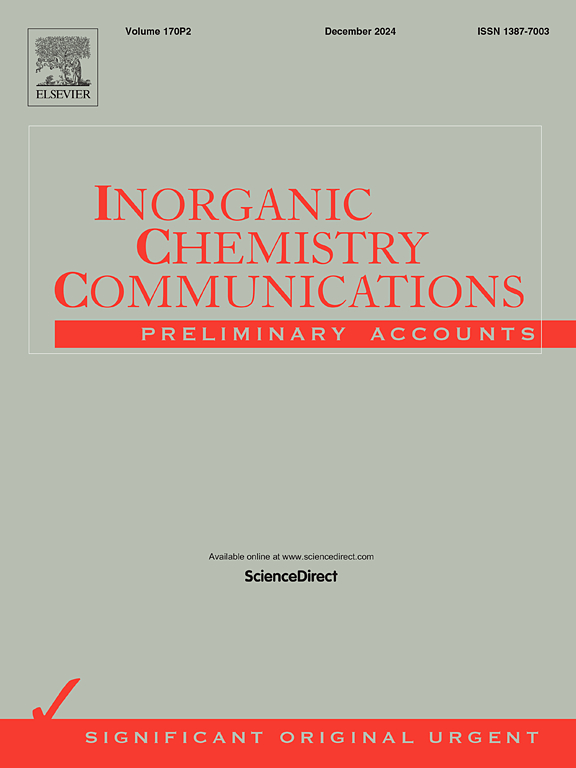A comprehensive investigation involving numerous HTL and ETL layers to design and simulate high-efficiency Ca3AsI3-based perovskite solar cells
IF 4.4
3区 化学
Q1 CHEMISTRY, INORGANIC & NUCLEAR
引用次数: 0
Abstract
A lot of people are interested in inorganic cubic Calcium-Arsenic-Iodide perovskites because of their unique electronic, structural, and visual properties. This research explores new hybrid perovskite solar cells (HPSCs) based on Calcium-Arsenic-Iodide (Ca3AsI3) with various wide-energy-gap chalcogenide electron transport layers (ETLs) (IGZO, ZnO, SnO2, and TiO2) and several hole transport layers (HTLs) (Sb2S3, P3HT, and CuO). Initially, the optimal ETL was selected, and its thickness was varied in the SCAPS-1D simulator to determine its impact on device performance. A detailed study was carried out on three devices (device-I (Al/FTO/ZnO/Ca3AsI3/Sb2S3/Ni), device-II (Al/FTO/ZnO/Ca3AsI3/P3HT/Ni), and device III (Al/FTO/ZnO/Ca3AsI3/CuO/Ni)) using the most promising ETL, which was ZnO. The effects of key parameters like doping concentration, layer depth, defect density, operating thermal level, and interface defect density were thoroughly investigated. Finally, a comprehensive investigation of several presented composite structures was conducted to establish the benchmark for the latest effective Ca3AsI3-based photocell. The top power conversion efficiency (PCE) achieved 29.12 % for the device −I, having a value of VOC 1.281 V, a value of JSC 25.387 mA/cm2, and a value of fill factor (FF) 89.48 %. In evaluation, PCEs of 26.39 % and 21.25 % were acquired for devices II and III, respectively. Furthermore, quantum efficiency (QE%), the electron hole, the generation, recombination rates, and series-shunt resistance characteristics were examined in detail. Therefore, the device-I exhibits great promise for integration into Ca3AsI3-based hybrid perovskite high-performance photovoltaic devices.

求助全文
约1分钟内获得全文
求助全文
来源期刊

Inorganic Chemistry Communications
化学-无机化学与核化学
CiteScore
5.50
自引率
7.90%
发文量
1013
审稿时长
53 days
期刊介绍:
Launched in January 1998, Inorganic Chemistry Communications is an international journal dedicated to the rapid publication of short communications in the major areas of inorganic, organometallic and supramolecular chemistry. Topics include synthetic and reaction chemistry, kinetics and mechanisms of reactions, bioinorganic chemistry, photochemistry and the use of metal and organometallic compounds in stoichiometric and catalytic synthesis or organic compounds.
 求助内容:
求助内容: 应助结果提醒方式:
应助结果提醒方式:


